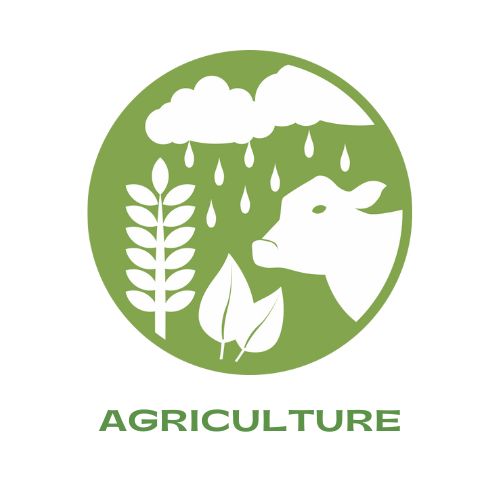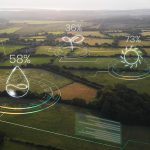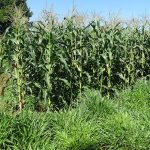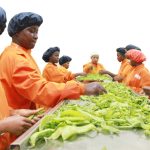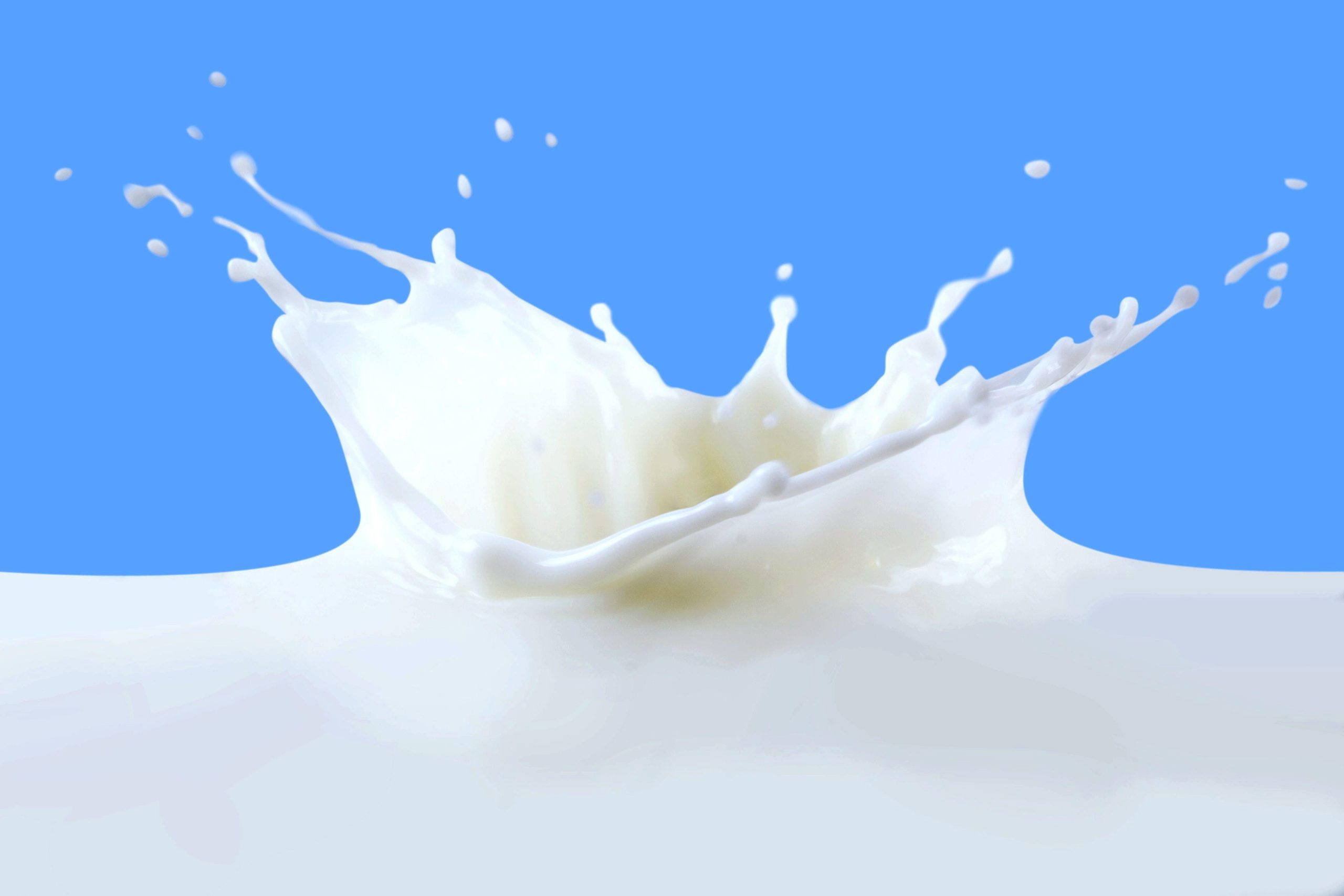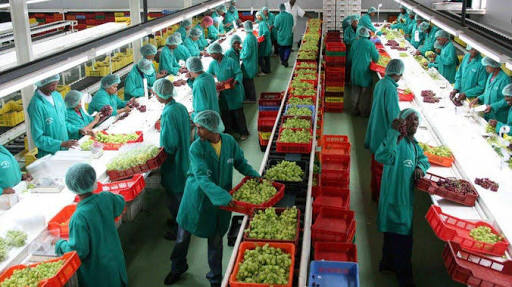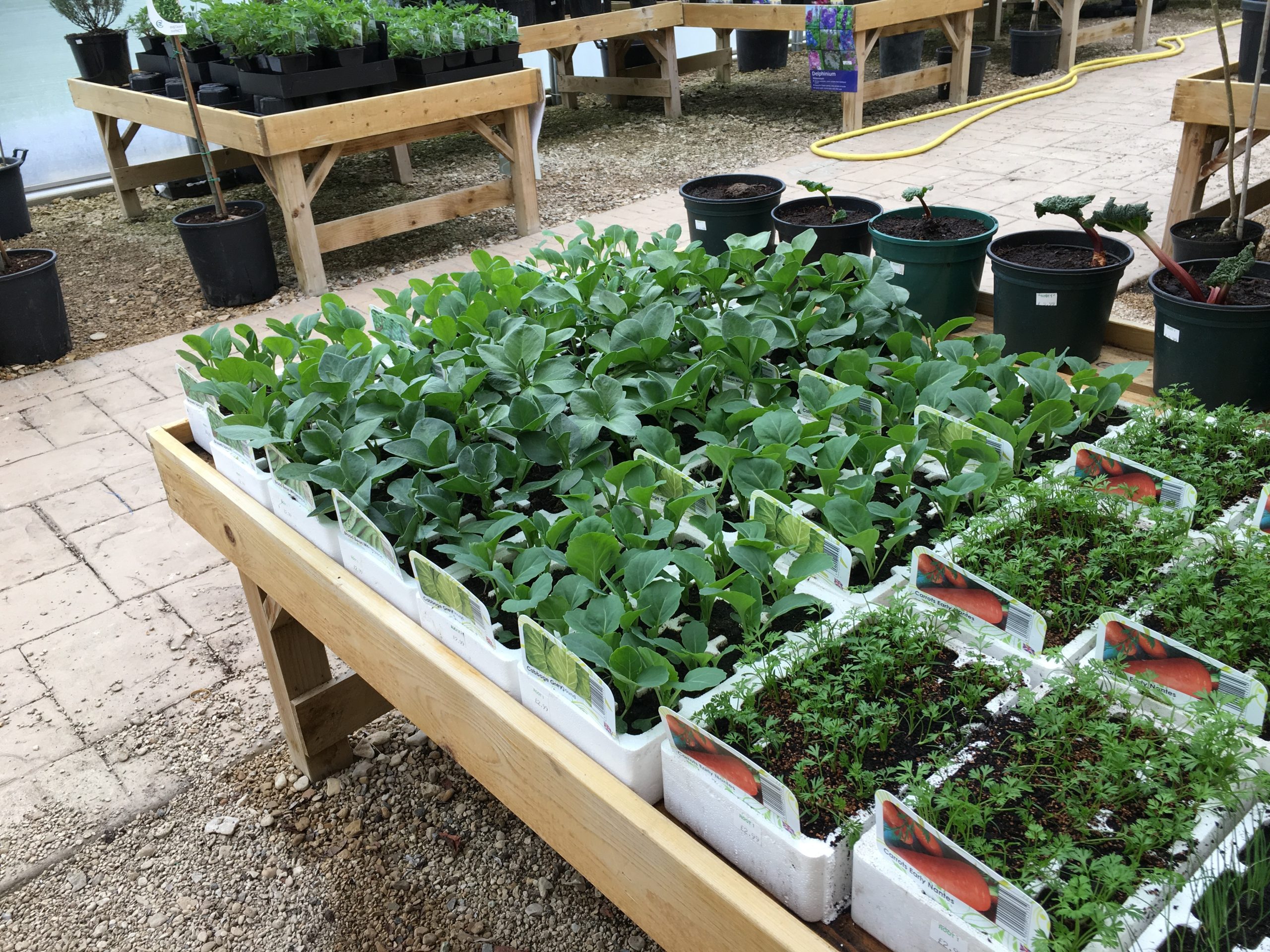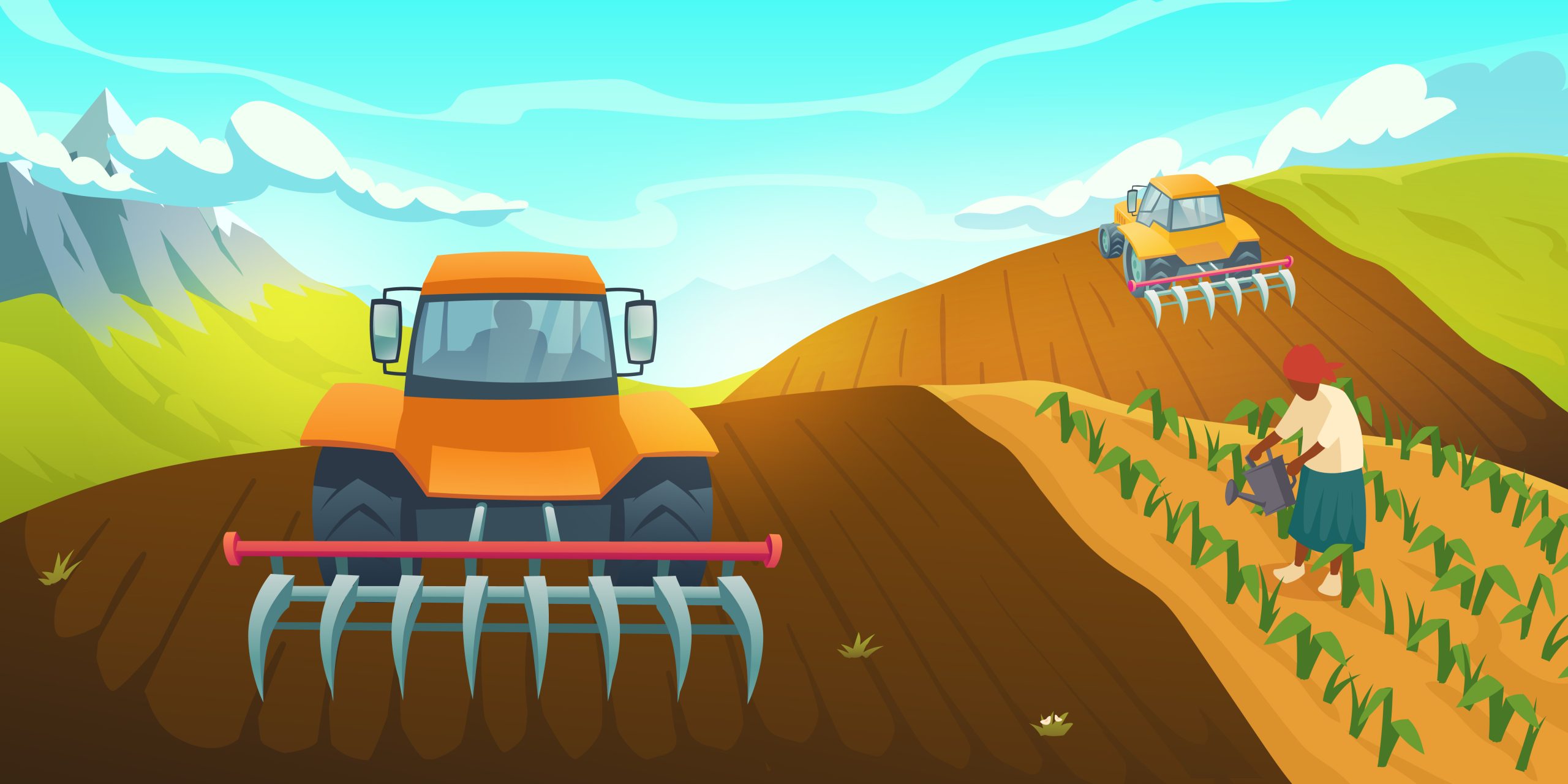In the heart of Kenya’s agricultural sector lies a vital and thriving domain—the dairy market. Dairy farming is not only a source of nutrition but also a cornerstone of Kenya’s rural economies. This comprehensive blog post is your gateway to the rich pastures of the dairy market in Kenya, unveiling its pivotal role, market dynamics, technological innovations, challenges, and the promising future it holds for the nation’s agricultural prosperity. Join us as we explore the dairy industry that is shaping the future of Kenya’s agriculture.
The Dairy Industry in Kenya: A Foundation of Nutrition
Dairy farming and milk products have been an integral part of Kenya’s cuisine, economy and food security for centuries. As the single largest agricultural sub-sector contributing 4% to national GDP, the dairy industry is a cornerstone of the country’s agricultural landscape.
Cattle rearing and milk consumption has long been a way of life for pastoralist communities in Kenya. In the early 20th century, the colonial government started formalizing the dairy sector by setting up cooperatives and processing plants. This infrastructure expanded rapidly after independence to meet rising demand.
Today, Kenya’s growing population depends on milk and dairy products to meet almost 40% of protein requirements in the daily diet. Per capita milk consumption stands at 100 liters, well above Africa’s average of 50 liters. Dairy farming supports the livelihoods of over 1 million smallholder farmers while providing nutritional security.
By creating jobs across the value chain from farms to factories and markets, the dairy industry has emerged as an indispensable sector in Kenya’s agricultural and economic progression.
Market Overview
Kenya’s dairy industry has witnessed steady growth over the years to become one of the largest and most dynamic dairy markets in Africa valued at $2 billion.
Milk production has expanded at an average annual rate of 3% over the last decade to reach 5.2 billion liters in 2019, largely driven by smallholder farmers with 1-3 cattle. There are approximately 4 million dairy cattle in Kenya, with the high milk-yielding Friesian breed growing in popularity.
Over 1.8 million small-scale dairy farmers account for about 85% of total milk production in Kenya. They sell milk to cooperatives like Meru Central Dairy Cooperative Union and private processors like Brookside Dairy Ltd that aggregate collection and undertake processing.
Companies like New Kenya Cooperative Creameries and Githunguri Dairy Cooperative Society lead pasteurization and value-addition into consumer products that account for nearly 60% of marketed milk. Informal milk traders also form a key link between farmers and customers.
Kenya’s dairy industry has been crucial in improving rural livelihoods through income generation and unlocking the socio-economic potential of previously underutilized regions like the Rift Valley. With milk production projected to hit 11 billion liters by 2030, the industry is poised for robust growth.
Dairy Farming Practices
Smallholder dairy production in Kenya relies predominantly on low-input extensive grazing systems. However, intensive dairy farming practices are rising, driven by commercialization and growing land constraints.
The most popular dairy cow breed is the black and white Friesian, prized for its high milk yield averaging 20 liters per cow daily. Other breeds like Ayrshire, Guernsey and Jersey are also common. Indigenous zebu cattle breeds offer lower dairy productivity but are adapted to local conditions.
With land holdings shrinking, small-scale farmers are shifting from grazing to cut-and-carry feeding systems. Crops like napier grass, maize, hay and silage form key livestock fodder sources. Concentrates and dairy meal supplements are used to enhance milk productivity.
Mechanization is limited, with most smallholders relying on manual labor for dairy operations. But machinery and equipment like chaff cutters and milking cans are rising mainly in large dairy farms.
Sustainable manure management, ethical animal treatment and integrating dairy with food crops are crucial for holistic, eco-friendly dairy farming models suited for Kenya’s smallholders.
Dairy Processing and Value Addition
Kenya’s dairy value chain has expanded dramatically from rudimentary production to an elaborate network of processes that delivers nutritious, value-added products to consumers.
Dairy cooperatives play a key role in bulking, chilling and transporting raw milk from farmers to processors. Private firms then pasteurize and package liquid milk and other dairy goods. Products like fermented yogurt, cream, ghee, cheese, and butter require further processing to prolong shelf-life and enhance taste.
High margin value-added products are gaining ground, prompted by growing health-conscious urban consumers. Milk powder, baby food, flavored yogurts, fortified milk, and premium cheeses represent the future of innovation in Kenya’s dairy processing.
Advanced cold chain infrastructure for chilled transport and storage has been central to viable large-scale processing and retail. To build resilience, companies are integrating solar systems and off-grid refrigeration.
Overall, innovation across the dairy value chain is steering the industry towards higher productivity, lower waste, and expanding the Kenyan dairy market’s competitive edge.
Technological Advancements in Dairy Farming
In a major breakthrough for dairy production, emerging technologies and data-based tools are empowering Kenyan farmers to maximize productivity and efficiency.
Automated solar-powered milking machines allow smallholders to enhance hygiene and free up labor while increasing milk yields by 15-20%. Milk dispensing machines by Afrigot are also easing farmers’ access to local markets.
Real-time livestock analytics provided by startups like CowTribe bring precision farming to smallholdings. The sensors in smart collars monitor cow health, fertility cycles, and grazing patterns, providing predictive data to optimize nutrition and milk production using AI algorithms.
Mobile apps like iCow digitize cow registration, production records, and herd management calendars to help farmers track performance. Such dairy tech innovations are set to revolutionize farming practices and unlock the industry’s immense potential.
Challenges and Constraints
Despite its immense potential, Kenya’s dairy industry faces considerable challenges that constrain its productivity and progress.
Rampant livestock diseases take a heavy toll, exacerbated by climate change and poor vaccination coverage. Milk production can decline 20-50% during outbreaks of foot and mouth disease, mastitis, and East Coast Fever.
Limited cold chain infrastructure, poor transport and high energy costs lead to high post-harvest losses, estimated at 40% of total milk output. Inadequate feeds and declining pastures due to climate change also lower productivity.
Opaque pricing and exploitation by brokers hamper profits for smallholder farmers, who often lack direct access to competitive markets. Unregulated raw milk poses health risks while creating unfair competition.
Tackling these constraints through nationwide disease control programs, catalyzing farmer collectives, expanding cold chains, and supporting dairy farming systems adapted to climate risks can help build resilience across Kenya’s dairy sector.
Government Initiatives and Policies
Recognizing dairy farming’s socio-economic potential, the Kenyan government has introduced various initiatives and policies aimed at supporting smallholders and promoting investments in the sector.
The Kenya Dairy Board facilitates new infrastructure for milk collection, bulking and chilling centers. The government is also expanding extension services and subsidizing AI (artificial insemination) to improve cattle breeds and milk yield. Tax exemptions are being provided for imported dairy equipment.
Milk pricing policies and production quotas are easing price volatility faced by farmers. Quality standards are being strengthened through the dairy industry regulations. The government is also promoting school milk programs to boost dairy consumption.
Despite these efforts, more interventions are needed across areas like animal nutrition, market access, and climate change mitigation to unlock the industry’s full potential. Participation of dairy cooperatives in policymaking is crucial.
Sustainable Dairy Farming
Kenya’s dairy sector is aligning itself with the UN Sustainable Development Goals through various ecological farming initiatives.
Many cooperatives promote biodigesters that convert livestock waste into biogas for rural energy needs, reducing deforestation. Solar-powered milk chillers are also gaining popularity, decreasing reliance on wood fuel.
Water conservation is being prioritized through precision technologies like computerized irrigation systems on fodder plots. Phasing out chemical pesticides and commercial feed supplements with eco-friendly options is also ongoing.
Pasture-based rotational grazing methods are being revived to protect soils. Private sector players like Brookside Dairy have collaborated with smallholders for sustainable production that reduces the dairy industry’s environmental footprint.
Access to Markets and Financing
Cooperatives have long played a pivotal role in linking smallholder dairy farmers to formal markets, eliminating exploitative brokers, and building collective bargaining power.
The giant New KCC Dairy Farmers Cooperative aggregates and transports raw milk to Kenya Cooperative Creameries factories for processing. It has partnered with over 560,000 farmers, improving market access and income stability.
Many cooperatives facilitate loans tailored to smallholders’ needs to invest in improved cattle breeds and equipment. KCB Bank offered $25 million financing to farmers through dairy cooperatives, expanding credit access.
Private sector digital innovations are also enabling farmers to sell milk and receive payments digitally, overcoming logistical barriers.
Such market and financial inclusion efforts have been instrumental in making dairy farming profitable and sustainable for Kenya’s smallholders.
Future Prospects and Opportunities
Kenya’s dairy sector holds bright prospects supported by surging demand, innovations and private sector participation. Harnessing emerging opportunities can catalyze the industry’s development and competitiveness.
Value addition presents a high-growth pathway, as increasing urban affluence drives demand for cheese, yogurt, butter and premium dairy goods. Investment in processing can boost sales.
Kenya’s dairy exports remain low at just 3% of output. Increasing production, meeting international standards and leveraging bilateral trade partnerships can expand global trade.
Dairy biogas plants, farm mechanization appropriate for small farms, and digital services like pay-as-you-go solar irrigation hold immense potential for optimizing efficiency.
Ultimately, strategic coordination between farmers, processors, and policymakers will be instrumental in unlocking the industry’s potential and delivering prosperity.
Case Studies and Success Stories
Brookside Dairy Ltd – Started in 1993 with 20 employees, this company worked with smallholders to build one of region’s largest dairy processors, with brands like Ilara selling across East Africa. Innovative cold chains reduced waste.
Githunguri Dairy Farmers Cooperative – Kenya’s first indigenous dairy cooperative union has championed farmers’ welfare since 1961. Its automated plant annually handles over 110 million liters of milk. Farmers have seen income rise by 48%.
New KCC – Owned by over 500,000 dairy farmers, New KCC is Africa’s largest dairy organization handling over 140 million liters of milk annually. By connecting smallholders to markets, it has ensured income stability.
Conclusion
Kenya’s dairy industry has cemented itself as an indispensable economic pillar enriching millions of livelihoods and driving agricultural growth. But it is also at a critical juncture, with opportunities for modernization abound. Adopting emerging technologies, harnessing market potential, empowering smallholders and aligning with sustainable development can be the decisive push that transforms the dairy sector into a driver of national economic progress. The future beckons the industry’s stakeholders to unlock its full potential and deliver equitable dairy prosperity across Kenya’s farmlands.
References
- Kenya Dairy Board, “Annual Report for Financial Year 2018/2019.”
- Kilelu, Catherine et al. “Sustainable dairy production in Kenya: Status, challenges and opportunities.” International Journal of Agricultural Sustainability, vol. 15, no. 6, 2017, pp. 626-639.
- Muriuki, H. G. “Dairy development in Kenya: the past, the present and the future.” FAO, 2011.
- Mwangi, Bob, et al. “Kenya Dairy Value Chain: A situational analysis.” Kenya Dairy Board, 2020.
- Nyamboga, Steve. “Value addition driving Kenya’s dairy sector growth.” Standard Media, 5 Jan. 2020.
- Odero-Waitituh, Juliana. “Smallholder dairy production in Kenya; a review.” Livestock Research for Rural Development, vol. 29, no. 7, 2017.
- Wahome, Rachel et al. “Sustainable interventions to improve growth in smallholder indigenous dairy cattle farming in Kenya.” Livestock Science, vol. 236, 2020, 103922.

